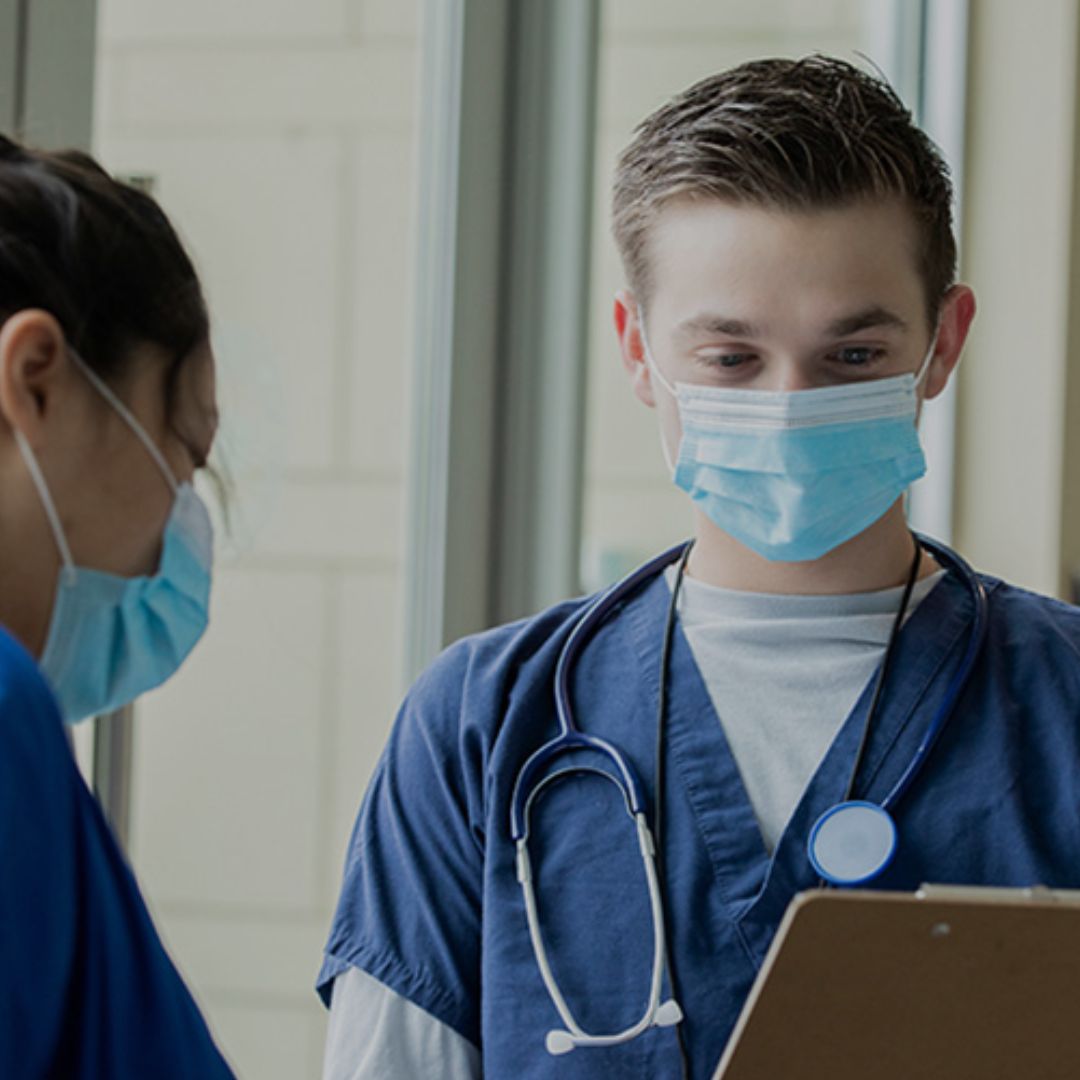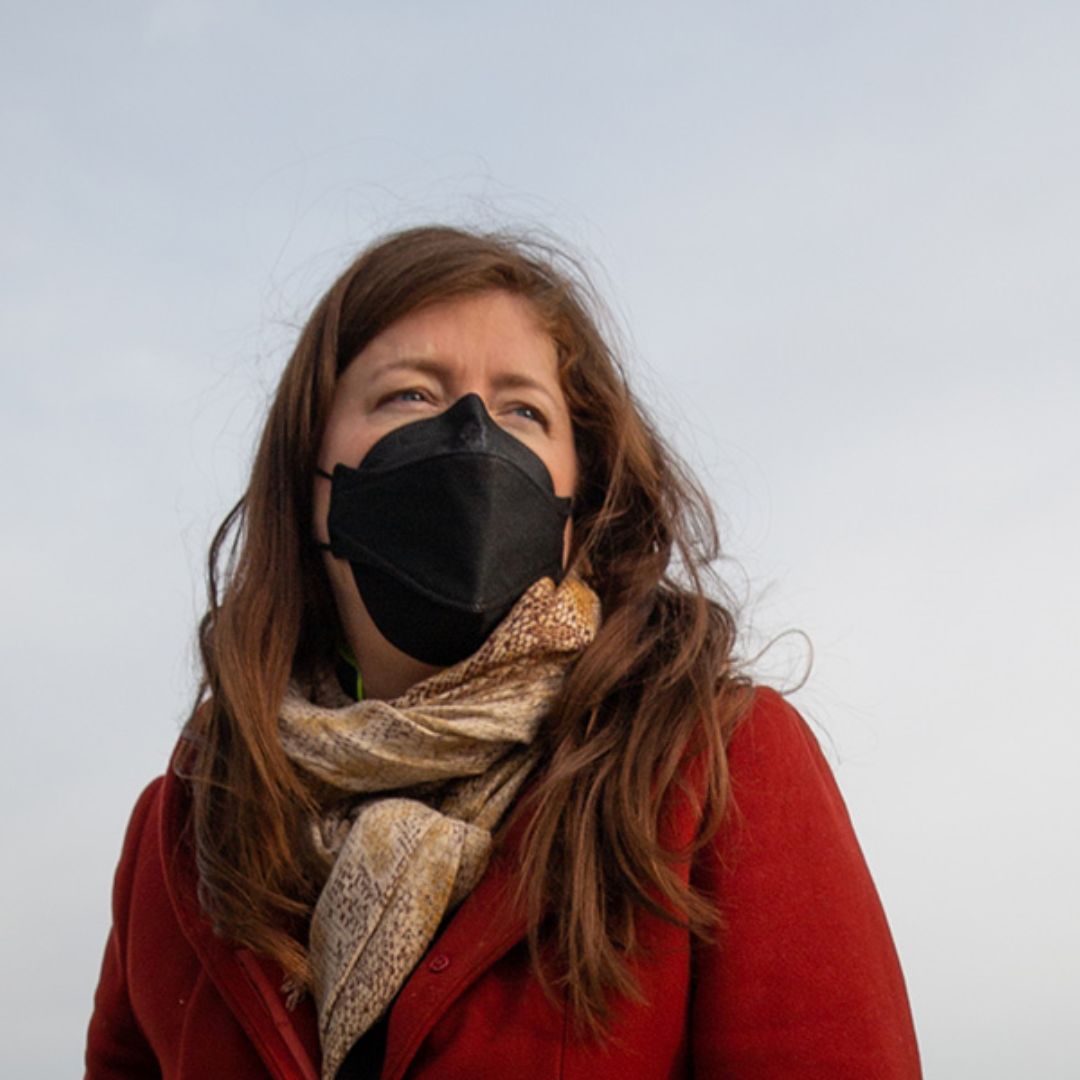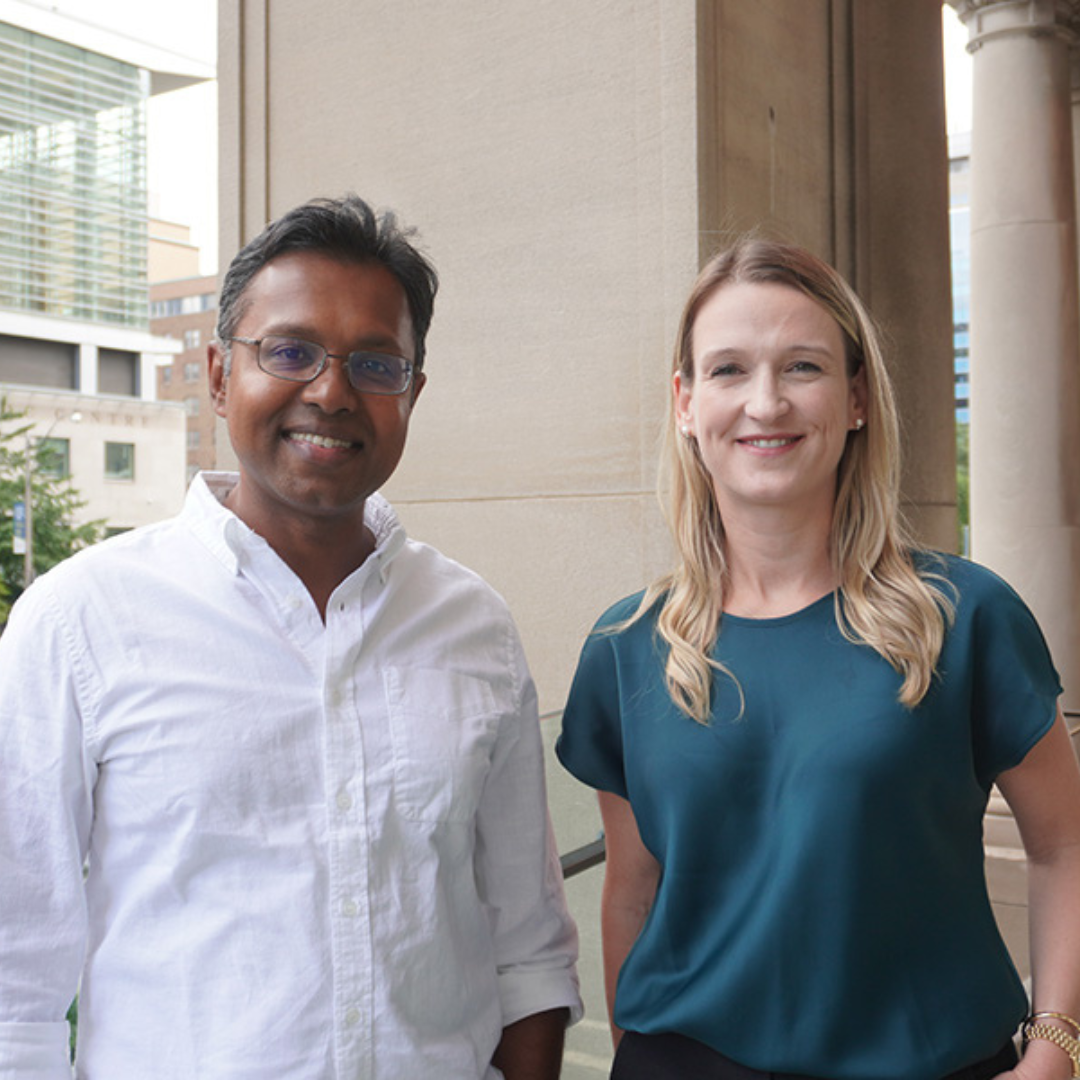UHN’s Dr. Alon Vaisman discusses what you can expect during this wave of COVID-19.
This article was last updated on October 27, 2020.
As our knowledge about COVID-19 increases, there are still plenty of unanswered questions and new factors to consider. With schools in Ontario open, the cold weather coming and more evidence of the long-term effects of COVID-19, many are wondering about the best way to keep safe.
Earlier in the year, we answered some of your most pressing COVID-19 questions. Now, we’re back with updates on everything you need to know about how this second wave is different and how to stay safe.
For answers, we turned to Dr. Alon Vaisman, Infectious Diseases and Infection Control Physician at UHN.
Why has there been such a drastic rise in cases recently?
Dr. Vaisman explains it could simply be the result of when Ontario moved into phase three of reopening. The more commonly supported explanation is that people have not been as adherent to the rules regarding masking, distancing and meeting in small or crowded places.
“We’re talking about social gatherings, patios, weddings, all sorts of various functions,” Dr. Vaisman explains. Young people are more likely to participate in activities where there is a higher risk of getting infected. This could also explain why more young are people getting infected.

Dr. Alon Vaisman
What is the difference between this wave and the first?
Dr. Vaisman says that in March the approach was simple: shut everything down, including surgeries at the hospital. However, he predicts that during the second wave society will try to maintain a sense of normalcy and attempt to keep as many businesses open as possible to maintain economic stability. This makes this wave more complex because of the balancing act between trying to manage economic stability and stopping the spread of the virus. We’ve already seen new restrictions on businesses being open in Ontario during this second wave, and the chances are we will see some changes again.
In terms of the actual virus, Dr. Vaisman explains that 500 cases in April aren’t the same as 500 cases in September. For example, there are a greater number of younger people being infected now and we’re seeing a lower mortality rate. “It’s true that the case counts are rising. For now, the mortality isn’t as high as it was, but we can’t wait until it gets that high before we move into higher restrictions,” he says. “So the name of the game is to avoid a complete lockdown. And then the tricky part is finding ways to selectively restrict elements of society to avoid a complete shutdown.”
Do we know more about the long-term consequences associated with COVID-19?
Now that we’re more than half a year into the pandemic, there is clear evidence of long-term consequences associated with COVID-19, like long-term cardiac manifestations or chronic fatigue symptoms. However, what isn’t clear yet is the science on what specific factors make someone more likely to have long-term effects.
Can the rise in cases be attributed to kids returning to school?
Dr. Vaisman doesn’t doubt that return to school led to an increase in cases. However, he says we were already seeing a rise in cases before back-to-school cases started to appear, meaning it was likely already escalating before that.
“What we have now is a situation where two elements are interacting. The community prevalence was rising for a variety of reasons, including people not adhering to practices. And then secondly, the element of schools opening. Those two things are now kind of feeding each other.”
Should I remove my kids from school as cases rise?
“Now that parents have experienced the first wave, depending on the age of your kid, it might have had a very significant effect on their social ability, their education. So whether or not a parent chooses to proceed now is really based on their specific circumstances,” explains Dr. Vaisman.
Some parents may choose to keep sending their kids because of the impact isolation has on them. At the same time, parents may see the risk as too great and keep their kids at home. In either case, this is an extremely personal choice that depends on the situation of the family.
“There’s no one answer for everyone. I think the schools and everyone are trying to do their best to maintain safety,” says Dr. Vaisman.
How are we tracking the source of transmission of COVID-19 and why is it necessary?
Every time a COVID-19 case is documented by public health authorities, the person with that case will be contacted and be asked where they have been in the last 14 days, who they have seen and what they did during the period of transmission. That way, officials have a better sense of where they may have been exposed to the virus. Knowing this information is also helpful when deciding next steps. For example, if a large number of cases can be tracked to bars or restaurants, there can be more targeted restrictions.
“When a contact tracer calls you, you should be very honest about what you did. There is no need to feel ashamed or look to lay blame, the fact is you’ve got the virus. You should just tell them exactly what you’ve been doing the last 14 days. And that’s going to help a lot. If we don’t disclose what’s happening, we won’t be able to stop the virus,” explains Dr. Vaisman.
I’ve come in contact with someone who has tested positive for COVID-19 but I am experiencing no symptoms. Do I still need to get tested and isolate for 14 days?
If you have come in close contact with someone who has a confirmed case of COVID-19 you should isolate for 14 days regardless of if you are experiencing symptoms or not. Due to limited testing resources in the province, only those who are symptomatic should be going to get a test.
Receiving a negative COIVD-19 test result after you have been exposed to someone with COVID-19 will not change the fact that you must isolate for the full 14 days. “Even if you test negative on day five, that doesn’t rule out disease on day six or seven,” says Dr. Vaisman.
Are elective surgeries going to be cancelled again like they were in the first wave?
“The backlog of elective surgeries from the last few months is enormous. And we want to make sure we’re providing care for as many people as possible,” says Dr. Vaisman.
Hospitals are trying to maintain as much of their practice for as long as possible. To what extent they can continue will depend on the number of COVID-19 cases the hospital is seeing.
“If things continue to rise – and really the number you’re looking at there is the inpatient and ICU admissions – if those numbers rise, that’s when elective surgeries are going to be cancelled again,” Dr. Vaisman explains.


